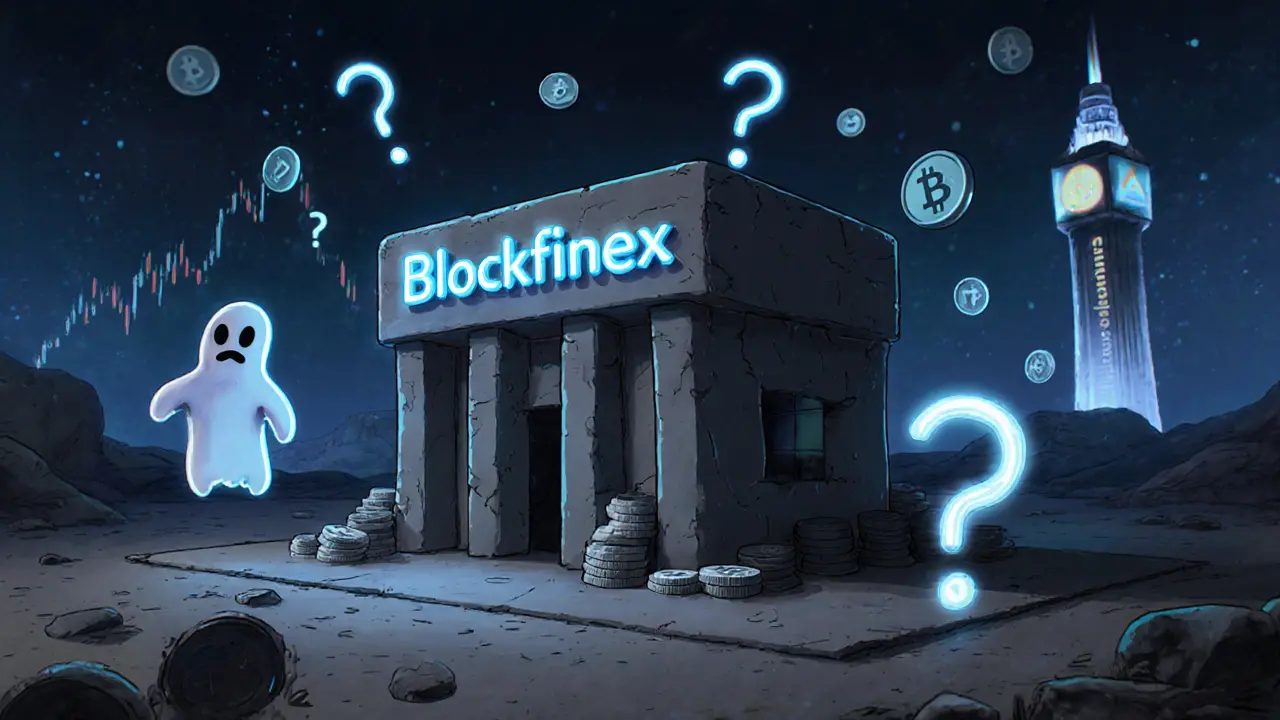Blockfinex Security: What You Need to Know About Crypto Exchange Safety
When you hear Blockfinex security, the safety measures a crypto exchange uses to protect user funds and data. Also known as exchange security protocols, it's not just about passwords—it's about how your money stays safe when the system is under attack. Most people think if an exchange looks professional, it’s safe. That’s a myth. In 2024, over $1.2 billion was stolen from centralized exchanges—not because of weak passwords, but because of flawed infrastructure, unpatched software, and hidden insider risks.
Security isn’t one thing. It’s a chain: two-factor authentication, a second layer of login protection that stops stolen passwords from being used, cold storage, keeping the majority of funds offline where hackers can’t reach them, and smart contract audits, independent reviews that check if the code behind trading and withdrawals has hidden flaws. If an exchange doesn’t clearly say how much it keeps offline, or if it hasn’t had its code reviewed by a known firm like CertiK or Trail of Bits, treat it like a locked door with no lock.
Look at what happened with exchanges like Garantex and Exved—those were shut down not because users got hacked, but because the exchanges themselves were built to enable money laundering. That’s not a security flaw—it’s a design choice. Real security means transparency: public proof of reserves, regular audits, and clear communication when something goes wrong. Blockfinex, if it’s still active, needs to show all of this—not just say it does.
And don’t confuse security with marketing. Some exchanges brag about "military-grade encryption"—that’s meaningless without context. What matters is whether they use hardware security modules, if they monitor for unusual login patterns, and if they’ve ever been breached. Check their history. If they’ve had a major incident and didn’t tell users, that’s a red flag bigger than any logo or slogan.
Even the best security fails if you don’t protect your own side. Never reuse passwords. Never click on links in DMs. Use a dedicated wallet for long-term holdings, not your exchange account. Exchanges are convenient, but they’re also the most targeted. Your funds are safer on a hardware wallet than in any exchange—even one with the best security team.
Below, you’ll find real reviews and breakdowns of exchanges that cut corners, platforms that got hacked, and others that built trust the hard way. You’ll see what happened when security was ignored—and what actually works when it’s done right. This isn’t theory. It’s what users lost, and what they kept.
Blockfinex Crypto Exchange Review: What You Need to Know Before Trading
Blockfinex offers high leverage and many cryptocurrencies, but lacks transparency, security audits, and verified trading volume. This review breaks down why it's risky and who should avoid it.
